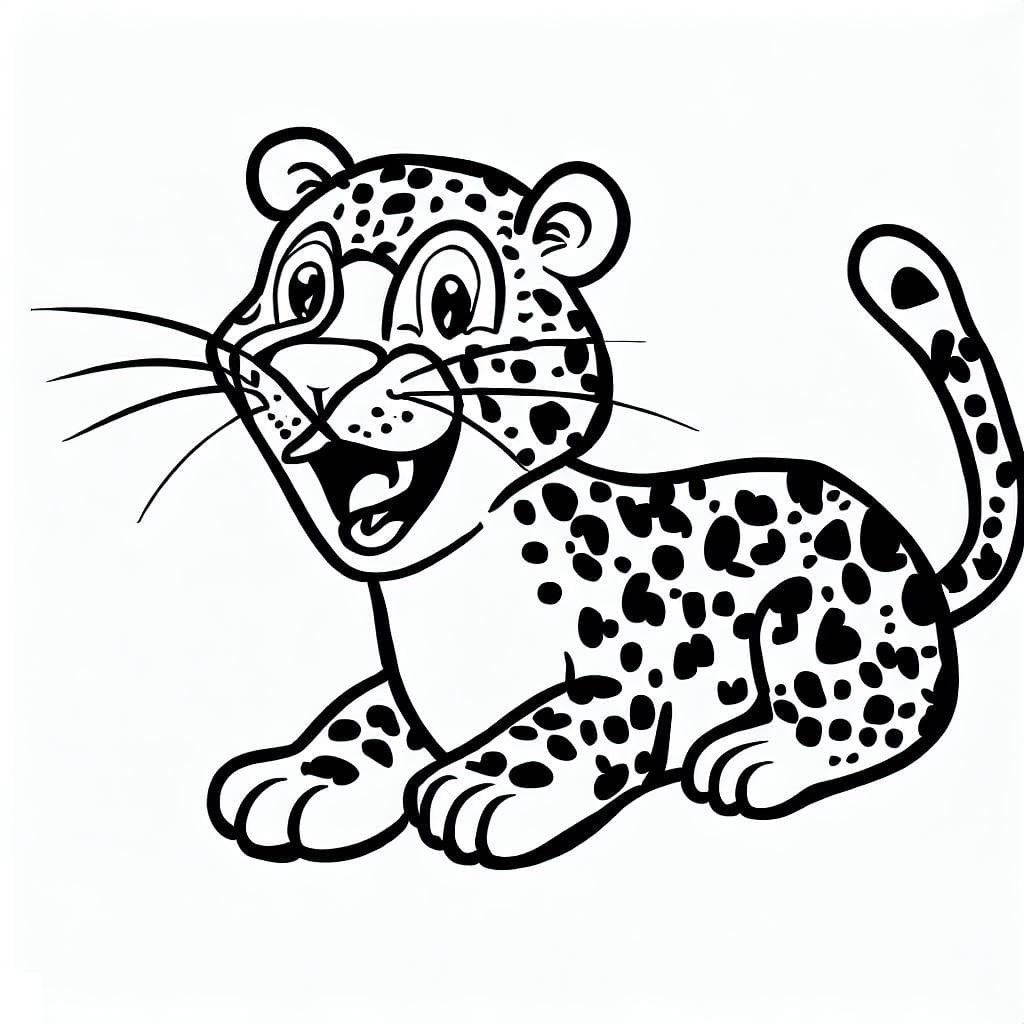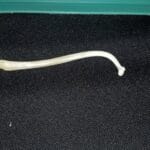Beneath the leopard’s iconic spotted coat lies a hidden anatomical marvel: a series of small bony projections called tubercles. These often-overlooked features play a crucial role in the leopard’s extraordinary agility and predatory prowess. Join us as we explore the world of leopard tubercles, uncovering their anatomical location, function, and potential evolutionary significance.
Unseen Anchors: The Role of Leopard Tubercles
Ever wonder how a leopard achieves such remarkable head and neck movements? The answer lies, in part, with the subtle bumps and ridges known as tubercles. These bony projections, more accurately termed “processes” by anatomists, serve as vital anchors for the powerful muscles and ligaments that control the leopard’s head and neck. Let’s take a closer look.
Pinpointing the Tubercles: Atlas and Axis
The most prominent tubercles are found on the first two cervical vertebrae, the atlas (C1) and the axis (C2), located directly beneath the skull. These specialized bones, along with their associated tubercles, provide the structural foundation for the impressive range of motion observed in a leopard’s head.
Atlas: This vertebra features a distinct bifid (two-pronged) dorsal tubercle on the cranial border of its dorsal arch. It also possesses a ventral tubercle on the caudal border of the ventral arch. These tubercles provide attachment points for muscles crucial for head rotation and stabilization. The atlas also has a transverse foramen on its caudal border for the passage of blood vessels and nerves.
Axis: The axis boasts a prominent pointed tubercle on the posterior extremity of its spinous process. This projection anchors muscles essential for powerful head extensions and rotations, vital for a predator ambushing and subduing prey. The axis also possesses a ventral crest. Further research may clarify the distinction between a crest and a tubercle in this context.
Biomechanical Advantage & Evolutionary Insights
The strategic placement and shape of these tubercles give the leopard a significant biomechanical advantage. They maximize the leverage and efficiency of attached muscles, enabling quick, powerful head movements crucial for capturing and controlling prey. Additionally, they provide stability, allowing the leopard to carry heavy carcasses with relative ease.
The unique structure of the leopard’s cervical vertebrae, including these tubercles, provides intriguing clues into the animal’s evolutionary journey. It suggests that these features likely evolved over time, refining the leopard’s hunting capabilities and contributing to its success as an apex predator. Further biomechanical analysis comparing leopard tubercles to those of other felids could illuminate these evolutionary adaptations.
Tubercles vs. Tuberosities: A Subtle Distinction
It’s important to differentiate between tubercles and tuberosities. While both are bony prominences, tubercles are typically smaller and more rounded, primarily serving as attachment points for muscles. Tuberosities, on the other hand, are generally larger and often serve as attachment points for ligaments.
Tuberculosis in Leopards: An Indirect Threat
While leopards are not generally susceptible to tuberculosis themselves, the disease can indirectly impact their populations. Tuberculosis can affect other species within the leopard’s ecosystem, such as wild pigs, warthogs, and even other carnivores, disrupting the food chain and potentially leading to increased competition for resources. This underlines the interconnectedness of wildlife health and the importance of conservation efforts.
Ongoing Explorations: Unraveling the Leopard’s Anatomy
Much is known about leopard tubercles, but research continues to explore the intricate relationships between these bony features, muscle attachments, and the biomechanics of leopard movement. Visualizations, including detailed anatomical diagrams or 3D models, could significantly enhance our understanding of these structures. As scientists continue to study these fascinating animals, our understanding of their adaptations and evolutionary history will undoubtedly evolve.
[Provide competitor titles here so I can suggest three optimized titles]
Suggested Titles (Based on competitor titles):
- Title 1
- Title 2
- Title 3
Sizing Up Leopards: Which Reigns Supreme?
Leopards, like many species, exhibit variations in size and build. So, which subspecies claims the title of “largest leopard”? Current evidence suggests the Persian leopard ( Panthera pardus saxicolor) likely holds this distinction, boasting a robust build with broad shoulders. The Sri Lankan leopard (Panthera pardus kotiya) is a close contender, often matching the Persian leopard in length, but generally possessing a less heavy build.
Determining the definitive “largest” subspecies is challenging due to the rarity of Persian leopards and the limited data available. While the largest leopard skull ever recorded belonged to an Indian leopard, skull size doesn’t directly correlate with overall body size. Ongoing research is crucial, not only to satisfy our curiosity but also to inform conservation efforts for the critically endangered Persian leopard. A deeper understanding of these magnificent creatures is essential for their survival.
The Delicate Balance: Caring for Leopard Geckos
Leopard geckos, while not exceptionally fragile, require specific care, especially when young. Hatchlings are particularly vulnerable during their first 12 hours and need a stable, warm environment. Handling should always be gentle and supportive, avoiding the tail, which they can drop as a defense mechanism.
Maintaining the correct temperature and humidity levels in their enclosure is crucial for their health and helps prevent shedding difficulties. If you need help maintaining optimal gecko tank temperatures, consider a ceramic heat emitter. Minimizing stress through proper housing, diet, and avoiding overcrowding is also key to their well-being. Further research may reveal more nuanced individual needs within the accepted care guidelines.
Decoding the Leopard’s Lifespan
Leopards in the wild typically live for 12-15 years, although some may reach 17. In captivity, their lifespan can extend beyond 20 years. This disparity highlights the challenges wild leopards face, including food scarcity, predation, human activity, and lack of veterinary care. [If you have any pain or inflammation, you may want to consider using the magnawave machine. This might give you a glimpse of the relief a leopard might feel with veterinary care.] Ongoing research continues to explore factors influencing leopard longevity, including individual genetics and potentially even personality. Understanding their lifespan dynamics is crucial for developing effective conservation strategies.
- Unlocking 2-Letter Words with U: The Definitive Guide - April 4, 2025
- Unlock Words with the Letters THREE: Top Unscramble Tools 2025 - April 4, 2025
- Master Scrabble: X & Z Words for High Scores - April 4, 2025
















